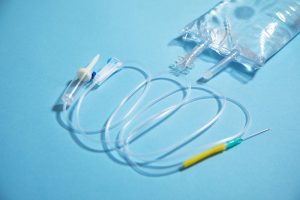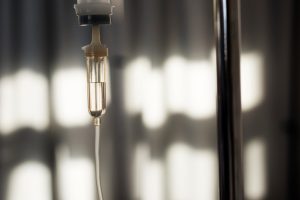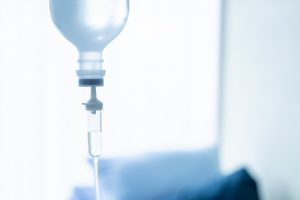If you are undergoing IV therapy, it is good to be familiar with the course of the procedure, the benefits and the potential risks. You should also keep in mind the steps to follow before and after the procedure. So, do you know what to do and what not to do after IV Drip?
In this IV therapy guide, we will analyze the numerous steps you should follow to maximize the results. Let’s start!
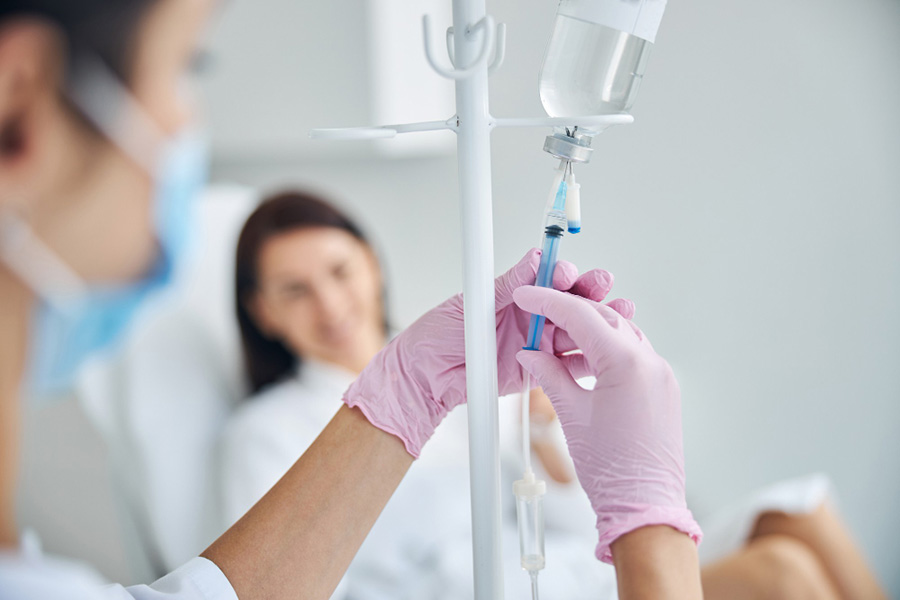
What Not to Do After IV Drip Therapy?
There are a few things you should not do after undergoing IV drip treatment to guarantee a full recovery and minimize problems. For example, physical activities, avoiding coffee and alcohol, and touching the injection site are some of the factors you should pay attention to for the procedure to be successful.
In the following, we will analyze these factors in detail:
Don’t remove the IV catheter on your own
IV therapy is performed by a trained nurse who will guide you through the entire procedure. With this, they are responsible for administering the IV fluids and removing the IV catheter. If you decide to remove the IV catheter yourself, you might risk certain side effects such as infection, bleeding or damage to the vein.
Avoid consuming alcohol or caffeine
After you have finished IV therapy, be mindful of the food and drinks you consume. Coffee and alcohol are two examples.
They have diuretic properties that might increase urine production and thus increase dehydration. Therefore, avoiding such drinks might help maintain the correct hydration level in the body.
Avoid touching or disturbing the IV site
Maintaining a clean environment around the puncture site guarantees successful therapy and prevents side effects. Hence, it is best not to touch the site of the sting and to leave all details related to IV therapy to health professionals.
If you notice swelling or discomfort, do not touch the area. Instead, call a healthcare provider who will handle such occurrences.
Avoid intense physical activity
Immediately after IV therapy, it is best to avoid intense physical activities and exercises. Increased physical activity might lead to excessive sweating, which allows IV fluids to be flushed out of the body more quickly. This might reduce the effectiveness of IV therapy.
Instead of training hard, allow yourself 24 hours of rest before resuming your regular exercise routine. Also, it is best to start with light activities such as walking or simple exercises that do not require much effort.
Skincare products
In addition to the above factors, you should pay attention to skincare products. While it’s generally safe to take care of your skin and use moisturizer and skin cleanser, it’s a good idea to avoid chemical peels, harsh exfoliants, or any other aggressive skin treatments.
If you are unsure what skin products you should use after the infusion, it is best to consult your healthcare provider. In this way, you will receive useful tips to help you choose suitable products for your skincare.
What to Do After IV Drip Therapy?
After the IV therapy, the healthcare provider will carefully remove the catheter, wipe the injection area with cotton, and cover it with an adhesive bandage. We will give you some post-infusion tips and factors to consider. Some of the things your healthcare provider may suggest for post-IV recommendations include:
Monitor symptoms
You should be alert for potential symptoms and unusual reactions. Contact your healthcare provider immediately if you notice unusual symptoms such as swelling, discomfort, or other abnormalities. They will provide useful tips on how to act to minimize such occurrences.
Rest and relax
Rest is a crucial factor in the effectiveness of IV therapy, allowing the fluids to take effect and possibly aids in recovery. It’s important to give your body time to recuperate after the procedure. So, you can engage in calming activities such as deep breathing, yoga, or gentle stretching to help facilitate this process.
Hydrate
Proper hydration is essential for the success of IV therapy and maximizing its benefits. Drinking enough water after the treatment might help your body effectively absorb the nutrients delivered through the IV. Additionally, staying hydrated might prevent side effects like headaches or dizziness that can occur after the therapy.
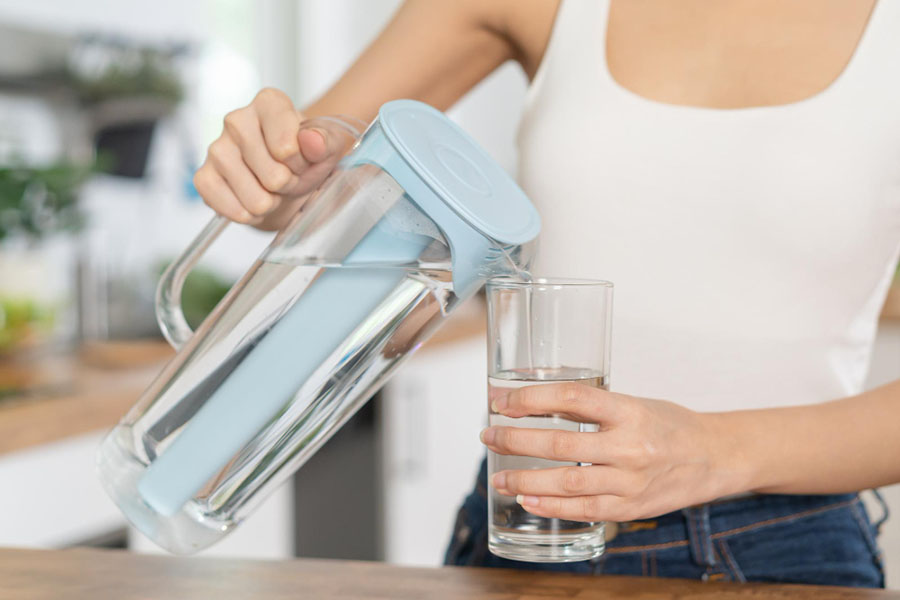
Follow-up with healthcare provider
After IV therapy, your healthcare provider will likely schedule a follow-up appointment. At such appointments, which are an integral part of IV therapy, the provider will assess the progress and recommend any additional measures to maximize the results.
Moreover, you can schedule an appointment if you notice certain irregularities and discomforts related to the therapy. This will prevent the condition from worsening and the occurrence of side effects.
Nutrition
In addition to adequate water intake, pay attention to the type of food you eat. Nutrient-rich foods might support your recovery after IV therapy. So, a balanced diet that includes vegetables, fruits and lean proteins is recommended. Also, it is good to avoid heavy and fatty meals after intravenous therapy, especially if you feel nauseated during the procedure.
Conclusion
Proper care after IV therapy plays a key role in ensuring a smooth recovery and maximizing the therapy’s benefits. By avoiding certain factors and implementing proactive measures, optimizing the results and promoting patients’ well-being will be easier.
Therefore, before opting for this type of treatment, it is crucial to speak with your healthcare provider. Such a conversation will help you learn what not to do after IV drip and useful post-infusion precautions. Plus, you will be familiar with the benefits and advantages of this therapy and the potential risks that may occur.
Take care!

